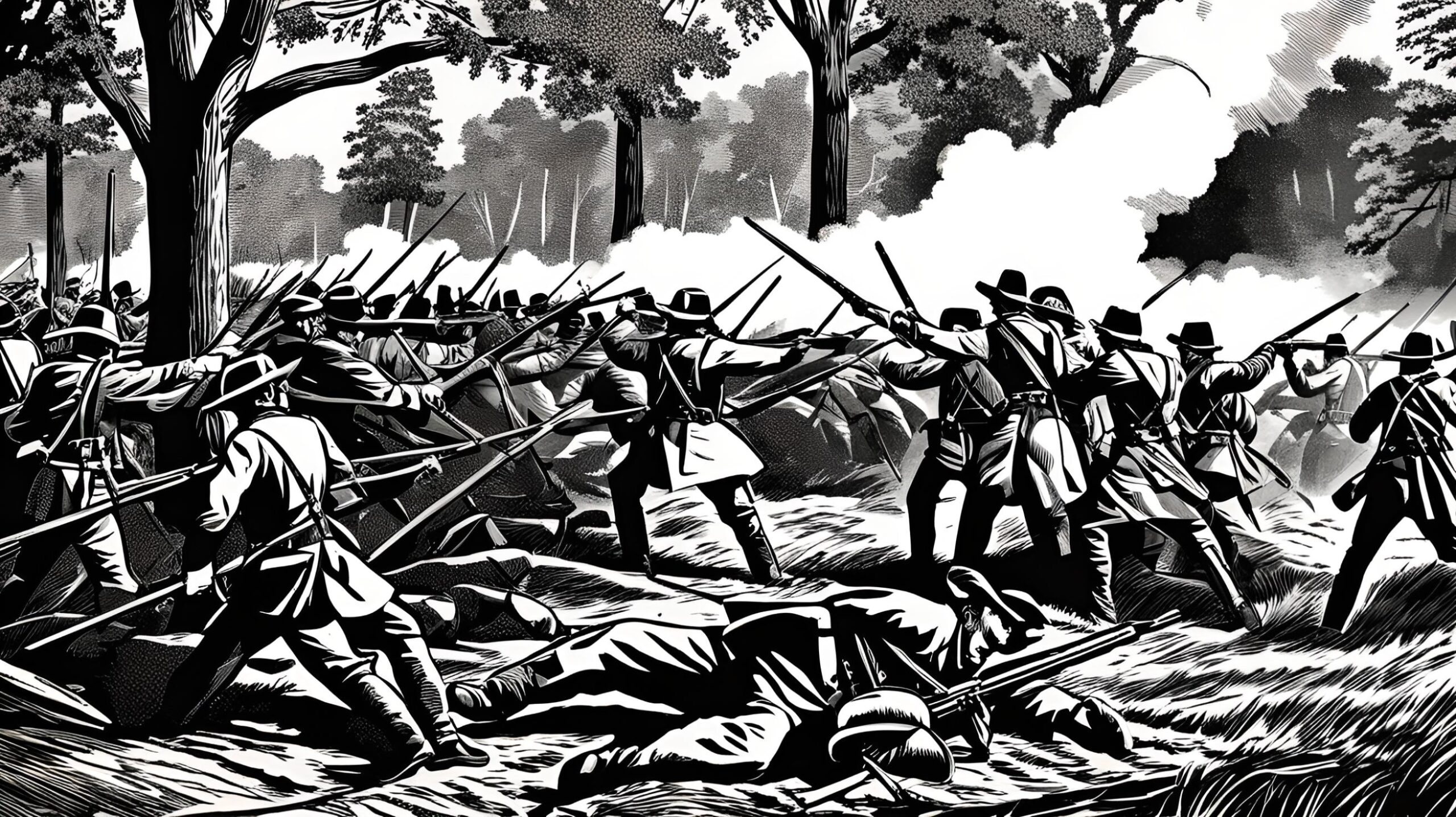Flashback to September 1
American History

On May 12, 1908, a momentous event took place in the world of communication. Wireless radio broadcasting was patented by Nathan B. Stubblefield. This invention revolutionized the way information was shared and played a crucial role in the development of modern telecommunications.
Nathan B. Stubblefield was an American inventor and self-taught electrical engineer. Born in 1860 in Virginia, he had a keen interest in electrical experiments from a young age. Stubblefield’s groundbreaking invention of wireless radio broadcasting demonstrated his innovative thinking and technical prowess.
Wireless radio broadcasting refers to the transmission of audio or radio signals through the air, without the need for physical wires or cables. Prior to Stubblefield’s invention, communication primarily relied on telegraph wires and cables. The wireless radio broadcasting patent paved the way for the development of radio as we know it today.
Stubblefield’s invention utilized electromagnetic waves to transmit audio signals over long distances. He developed a device that could convert sound vibrations into electrical signals and then transmit these signals wirelessly through the air. This invention laid the foundation for the later developments in wireless communication, including the radio broadcasting industry.
The significance of Stubblefield’s patent cannot be overstated. It opened up a whole new world of possibilities for communication and information sharing. With wireless radio broadcasting, people could now listen to news, music, and entertainment from the comfort of their own homes. This breakthrough technology helped bridge the gap between distant communities and brought people closer together.
The patent granted to Stubblefield created opportunities for further research and development in the field of wireless communication. Many inventors and scientists built upon his work, leading to the refinement of radio technology and the establishment of broadcasting stations. This laid the foundation for the modern radio industry, which has become an integral part of our daily lives.
It is important to note that Stubblefield’s patent for wireless radio broadcasting was not without its challenges. There were disputes and legal battles over the ownership and credit for the invention. Some other inventors, most notably Guglielmo Marconi, also claimed to have contributed to the development of wireless communication. However, Stubblefield’s patent is recognized as a significant milestone in the history of radio broadcasting.
The invention of wireless radio broadcasting had a profound impact on society. It transformed the way information was disseminated, enabling real-time news, entertainment, and educational content to reach a widespread audience. Radio broadcasts became a primary source of news and entertainment, fostering a sense of community and shared experiences.
Furthermore, wireless radio broadcasting played a crucial role in emergency communication. During times of crisis or disasters, radio broadcasts provided vital information to the public, helping to coordinate relief efforts and save lives. Even today, radio continues to serve as a reliable communication medium in times of need.
the patenting of wireless radio broadcasting by Nathan B. Stubblefield on May 12, 1908, marked a turning point in the history of communication. This groundbreaking invention revolutionized the way information was shared and provided the foundation for the development of the modern radio industry. Stubblefield’s innovative thinking and technical expertise paved the way for future advancements in wireless communication, shaping the world we live in today.
We strive for accuracy. If you see something that doesn't look right, click here to contact us!
Sponsored Content

The Civil War: Severe…
Experience the intensity of…

Henry “Scoop” Jackson, American…
Renowned American Senator-Democrat for…

Leonor Sullivan, American politician…
"Remembering Leonor Sullivan: prominent…

Great Hinckley Fire: A…
"Experience the chilling history…

In the USA, the…
On September 1, 1982,…

California Constitutional Convention held…
On September 1, 1849,…

